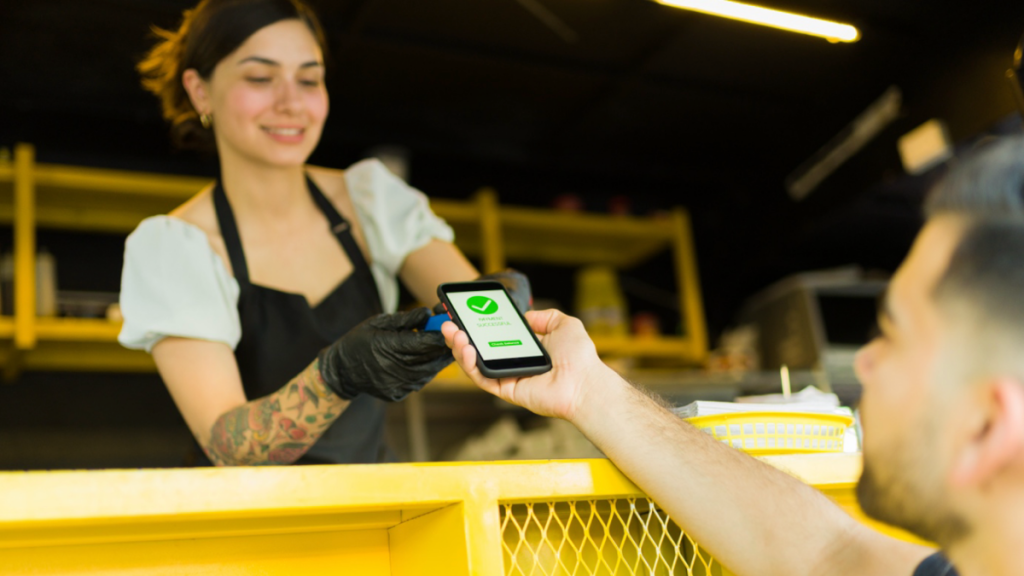Accepting card payments on your phone is essential for businesses of all sizes. Mobile payment solutions offer convenience, flexibility and security, allowing you to accept payments anytime, anywhere. Here is a comprehensive guide on how to take card payments on phone.
1. Choose the Right Mobile Payment System
Choosing the right mobile payment system is the first step to accepting card payments on the phone. There are many options available, each with its own features and benefits. Popular choices include Square, PayPal Here, Stripe, SumUp, and tapeeno. Consider factors such as transaction fees, compatibility with your device, ease of use, and additional features such as invoicing and inventory management.
2. Set Up Your Account
Once you have chosen a mobile payment system, you will need to set up an account. This includes providing basic information about your business such as your name, address, contact details and bank account information to receive payments. Certain platforms may require verification of your identity and business details.
3. Download the App
After setting up your account, download the relevant mobile app from the App Store (for iOS devices) or Google Play (for Android devices). These apps are designed to work seamlessly with the card reader and offer an intuitive interface for processing payments and tracking sales.
4. Get a Card Reader
Most mobile payment systems require a card reader to process card payments. Card readers are small, portable devices that connect to your phone via Bluetooth or the headphone socket. Some card readers can process chip cards (EMV), magnetic stripe cards, and contactless payments (NFC) such as Apple Pay and Google Pay.
5. Connect the Card Reader
Follow the instructions provided by your mobile payment system to connect the card reader to your phone. This involves pairing the device via Bluetooth or plugging it into the headphone socket. Once connected, the app will recognise the card reader and guide you through the necessary setup steps.
6. Start Accepting Payments on Your Phone
Once you have set up your account, installed the app, and connected the card reader, you are ready to accept payments. Here’s how to process a transaction:
- Open the app: Launch the mobile payment app on your phone.
- Enter transaction details: Enter the amount to be charged and any additional details such as a description of the goods or services being sold.
- Swipe, Insert, or Tap: Ask the customer to swipe, insert, or tap their card on the card reader. For contactless payments, the customer can tap their NFC-enabled card or mobile device against the reader.
- Authorise the payment: The app processes the payment and prompts the customer to sign on the screen and enter their PIN if required.
- Confirmation: Once the payment is accepted, the app will display a confirmation message. You can offer to send a digital receipt to the customer via email or text.
7. Monitor Transactions and Analyse Data
Use the reporting and analytics features of your mobile payment system to monitor transactions, track sales trends, and analyse customer behaviour. This data can provide valuable insights into your business performance that help you make informed decisions about marketing strategies and customer service improvements.
Accepting card payments on your phone is an efficient way to improve your business operations. By choosing the right mobile payment system, setting up your account, and following best practices for security and integration, you can provide your customers with a seamless payment experience. With added convenience and flexibility, you will be better equipped to meet the demands of today’s fast-paced digital economy.




